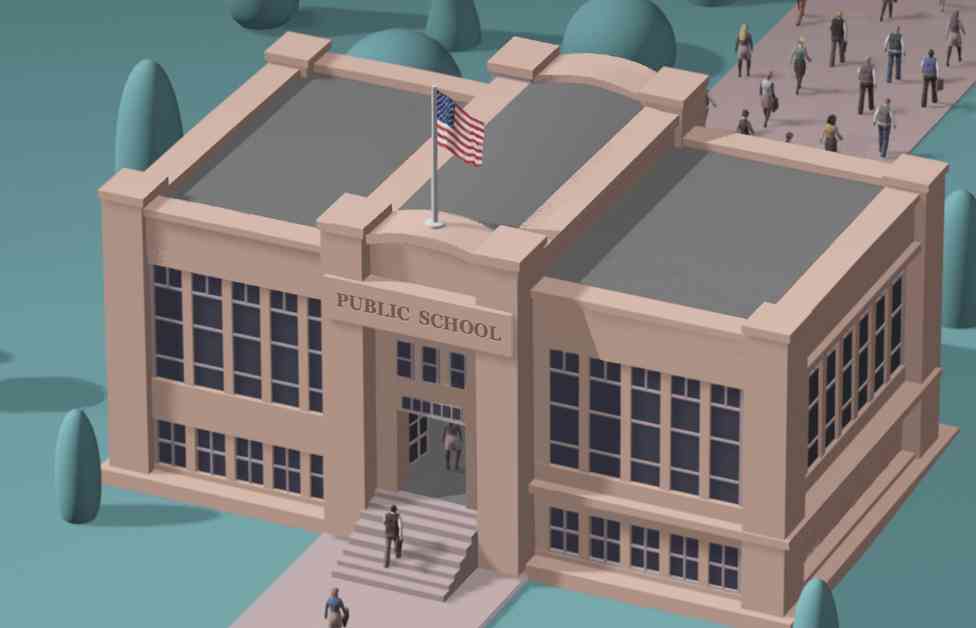Is there a shortage of special education teachers in America’s public schools? If so, why? And how can policymakers fix it?
Yes, there is indeed a shortage of special education teachers in the public school system. According to data from 2023-24, more than half of districts and 80 percent of states reported experiencing a shortage of special education teachers. This shortage is further highlighted by the fact that about 46,000 special education teachers leave public schools each year, while teacher preparation programs are only producing fewer than 30,000 new ones annually. This creates a tight labor market for special education teachers.
While the shortage may seem like a supply issue at first glance, the demand for special education teachers has actually been growing at a faster rate than the supply. The number of students receiving special education services has increased over time, reaching 15 percent in 2022-23. Factors contributing to this increase include better identification of students in need of support and advancements in understanding how to best serve students with learning differences.
Despite the rise in demand, the percentage of students spending 80 percent or more of their school day in general classes has also increased, indicating a shift towards more inclusive education settings. However, the number of special education teachers and instructional aides has grown at a much faster rate than the number of students identified for special education services, leading to an imbalance in the labor market.
The shortage of special education teachers negatively impacts students with disabilities, as they are more likely to be assigned to novice teachers who may be less effective in fostering learning and raising student achievement. Policymakers need to address the complexities of the special education labor market, starting with understanding the demand side of the equation.
Efforts to address the shortage should consider the challenges faced by special education teachers, such as higher workloads and turnover rates compared to general education teachers. Schools often struggle to fill open special education positions, leading to the hiring of unlicensed or emergency-credentialed teachers. Financial incentives and support for special educators can help attract and retain qualified teachers in these roles.
To effectively tackle the supply-demand mismatch in special education, policymakers must consider the unique challenges faced by special educators and implement targeted strategies to recruit and retain these vital professionals. By addressing the root causes of the shortage and providing support to special education teachers, we can ensure better outcomes for students with disabilities and create a more inclusive and effective education system.







